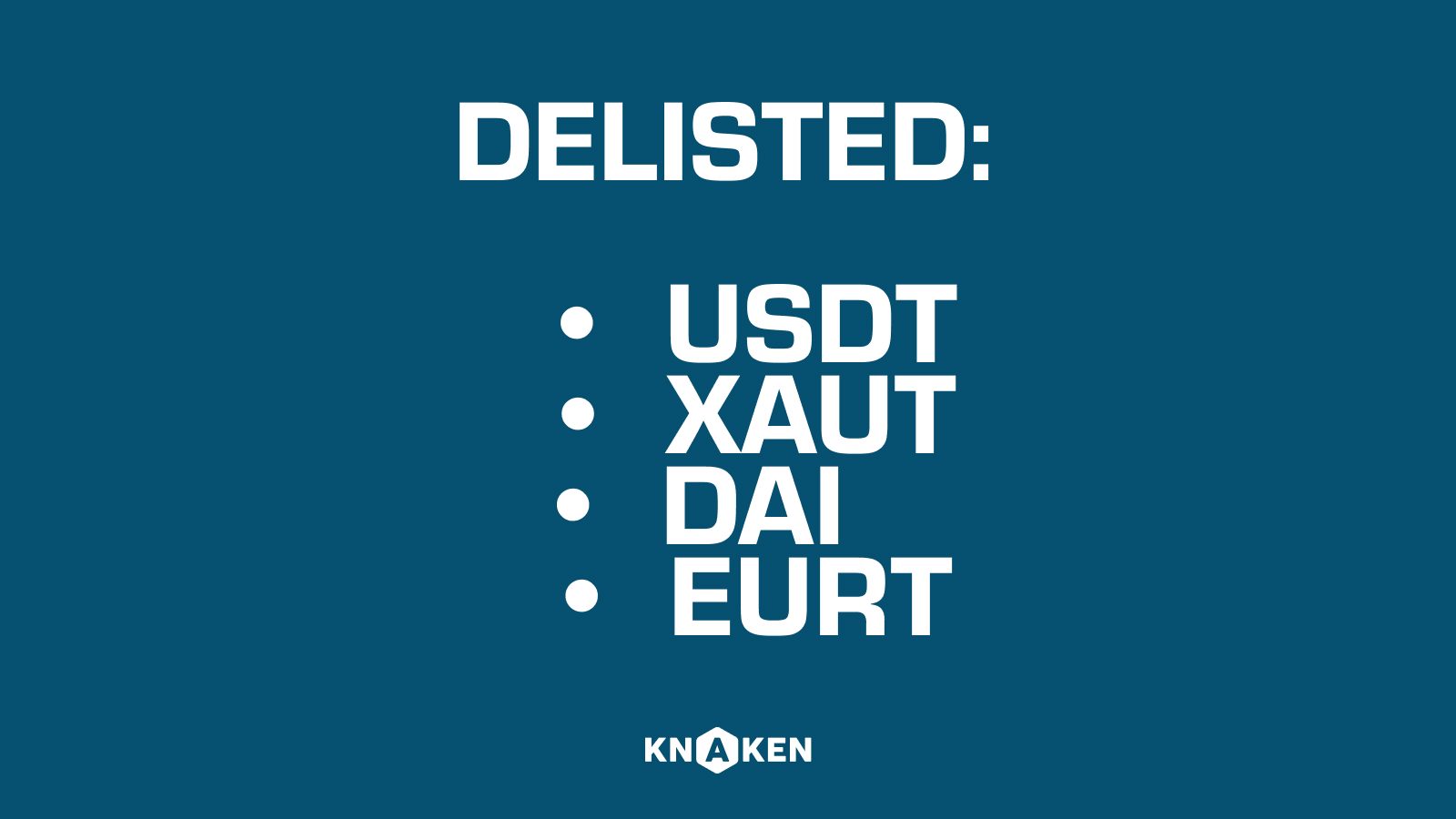Merkle Root
Introduction to Merkle Root
The **Merkle Root** is a fundamental data structure used in various blockchain systems, such as Bitcoin, to verify the integrity and consistency of data. This cryptographic hash function plays a critical role in maintaining the security and efficiency of the distributed ledger technology, allowing for quick and reliable verification of transactions.
Understanding the Structure
The Merkle Root is derived from a **Merkle Tree**, which is a binary tree structure that allows for efficient and secure verification of the contents of large data sets. The Merkle Tree is constructed in the following manner:
- Each leaf node in the tree represents a hash of individual data blocks or transactions.
- Non-leaf nodes are created by hashing the concatenation of their child nodes’ hashes.
- The process continues recursively until a single hash value, known as the Merkle Root, is achieved.
Importance of Merkle Root in Blockchain
The Merkle Root is crucial for several reasons:
- Data Integrity: It enables the system to ensure that transactions have not been altered or tampered with, as any changes would produce a different Merkle Root.
- Efficient Verification: By hashing data into a tree structure, nodes can quickly verify large sets of data without needing to access all individual transactions.
- Scalability: The use of a Merkle Tree allows blockchains to remain efficient and manageable even as the amount of data increases over time.
Merkle Root in Practice
In a typical blockchain transaction, the process involving the Merkle Root unfolds as follows:
- Transactions are grouped into blocks, with each transaction being hashed to create leaf nodes.
- These leaves are then recursively hashed to form the non-leaf nodes, culminating in the Merkle Root at the top.
- The Merkle Root is then included in the block header, which is itself subject to further cryptographic manipulations, such as hashing for mining.
- Nodes in the network can verify individual transactions by checking the relevant leaf hash against the Merkle Root, ensuring that it is part of the confirmed set of transactions.
Merkle Root and Security
The use of Merkle Roots adds a layer of security to blockchains by:
- Preventing Double Spending: The Merkle Root helps confirm that a transaction is legitimate and has not been spent elsewhere, a crucial aspect of cryptocurrencies.
- Facilitating Lightweight Clients: Lightweight clients can verify transactions without needing the entire blockchain, significantly reducing the required storage and computing power.
- Enhancing Network Performance: Merkle Trees decrease the bandwidth needed for data transmission across nodes, as only the root is necessary for verification in many cases.
Conclusion
The **Merkle Root** is an essential component of blockchain technology, ensuring data integrity, security, and efficient verification processes. Its significance extends beyond cryptocurrencies, influencing various applications in distributed systems where maintaining the integrity of data is paramount. Understanding Merkle Roots enables stakeholders, developers, and users to appreciate the fundamental mechanics that contribute to the robustness of blockchain ecosystems.


















